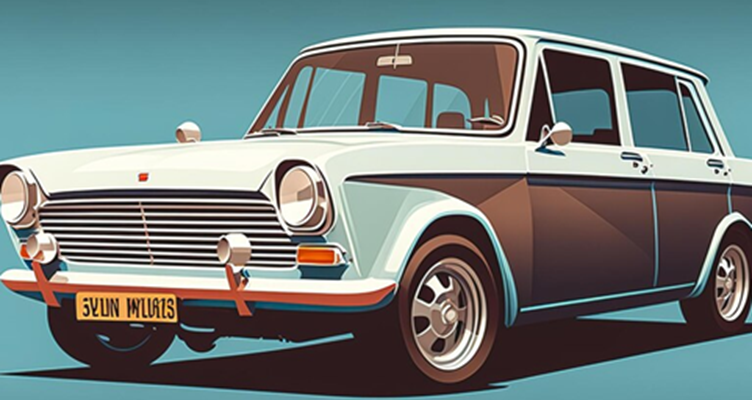5 Unknown Oscar Facts That Will Shock You!
The world has exuberantly watched the 96th Academy Awards. Still reliving the moment when the golden trophies rolled to the hands of their favourite Cillian Murphy, Christopher Nolan and many more. But does the golden statue really belong to the winners? Has anyone ever sold to strike it super rich? Why does such a prestigious award rely on paper envelopes in this tech-driven world ? Here’s some bizzare Oscar facts that we bet you didn’t know. Paper Envelopes Over Technology Ever wondered why Oscar presenters rely on paper envelopes? Aren’t we living in a technologically advanced world? Well, there’s a striking story of a broken embargo, where in 1941, the names of winners were disclosed in a news outlet before the awarding ceremony. Waning the excitement of the audience as well as the surprise of the nominees. Since the incident, PricewaterhouseCoopers has adopted sealed paper envelopes to keep the heart of the world go pitter patter! Winners are not allowed to Sell Yes, winners can’t sell their golden trophy and have an ostentatiously luxurious life. By the way, how much is an Oscar worth? The answer will surprisingly shock you. It’s just one dollar! Though the worth of Oscar has been assumed to be around $400, the winners will only receive $1. As per the contract the winner is obliged to sign before taking the award home, the only option to sell is to sell it back to the Academy for just $ 1. The Unforgettable Mistake Made in 2017 Mistakes happen to everyone, even to the prestigious Academy. Back in 2017, Oscar announced La La Land as the best picture instead of Moonlight. The presenters were given the wrong envelope. Brian Cullian, the man who handed the wrong envelope, seemed distracted by the phone. Chaotic Awarding Ceremony of 2000 Did you know that around 55 Oscar statues were stolen just weeks before the awarding ceremony? The factory had to hastily craft and ship another 55 statues within days. Willie Fulgear, the junk scavenger who found the missing statues, was later rewarded $ 50,000 and two seats to attend the Academy. The Golden Statue Name Is Not Oscar The name of the statue is not “Oscar”, but “Academy Award of Merit”. There are many theories revolving around its nickname as Oscar. According to the most widely popular theory, Margaret Herrick, the Academy librarian, has once commented that the statue reminded her of Uncle Oscar Pierce. Margaret later came to be known as the Executive Director of the Academy









